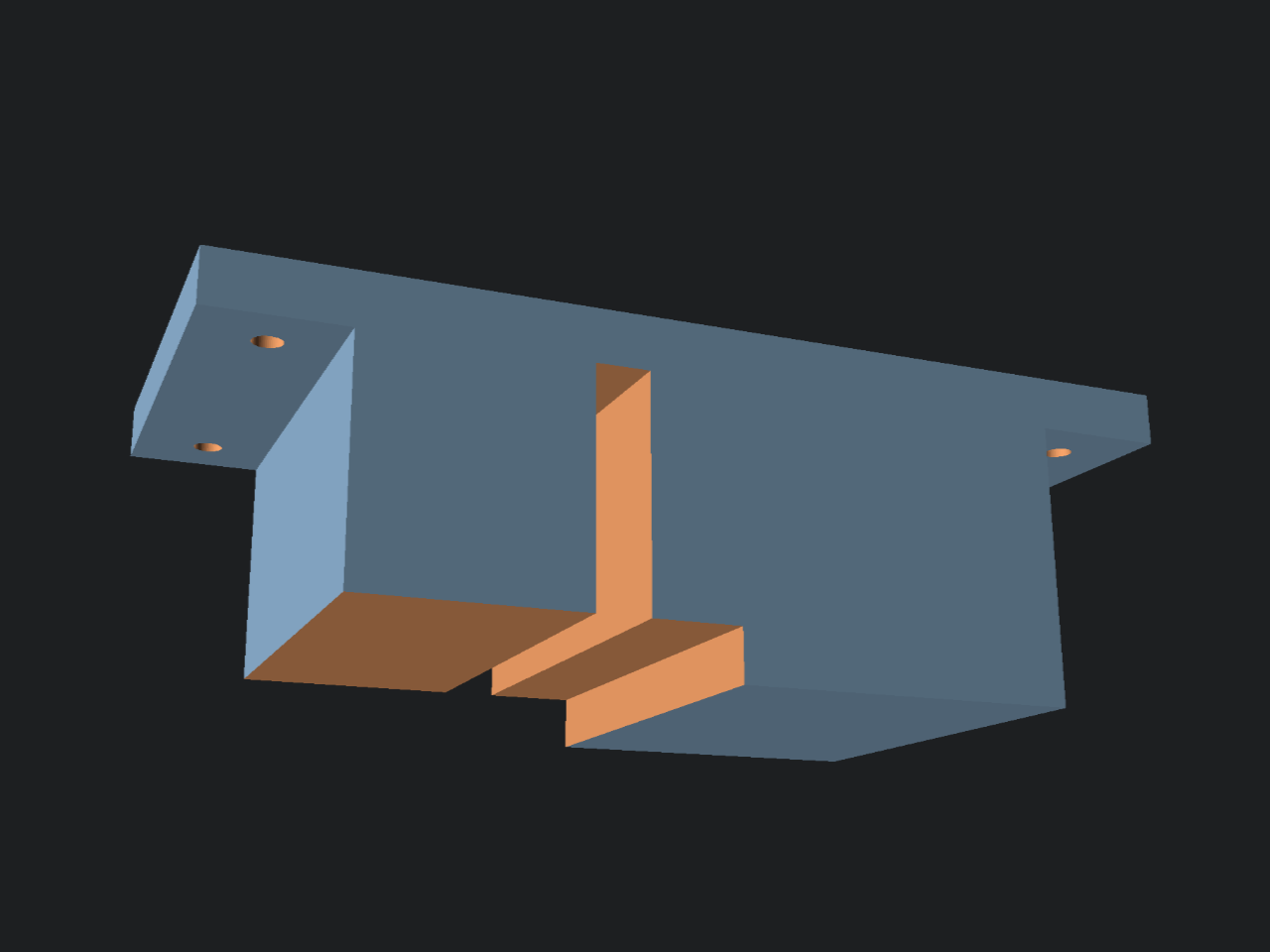
On a recent trip abroad the wife and I ended up taking an overnight trip for two days & nights and needed to drown out some of the noise at the place we were staying. At home we use the Sleepy Noise Machine which actually plays an audio file of a fan running to create some white noise. We don’t travel with the machine though, so my first thought was to use my iPad to play one of those 10 hour long YouTube videos of a fan running…
Problem 1. The hotel said “Free WiFi” which, you know, there was, but it was not actually connected to the Internet. Whoops. Problem 2. I could have tethered my iPad to my phone for Internet access but since we were traveling abroad the slow data rate and roaming data make that a bad idea. So…
I fired up AudioKit Synth One, screwed around with customizing a square wave, set it to hold the note, and pressed a few keys to get a (satisfying?) imitation fan noise, which you can hear in the video below.
I think I’ll probably just load some suitable audio files onto the iPad before the next trip abroad just to be safe, but I was pleased I came up with a solution when needed.
(When playing the video below you might think “That sounds nothing like a fan!” and, it sort of doesn’t, but trust me, in a hotel room where you want to drown out the noise from the next room… it’s close enough!)



















